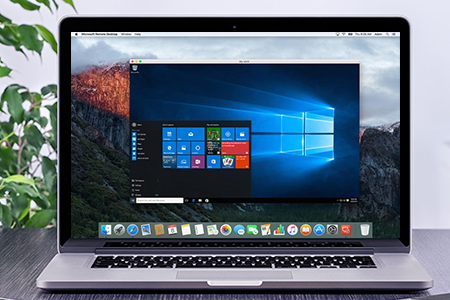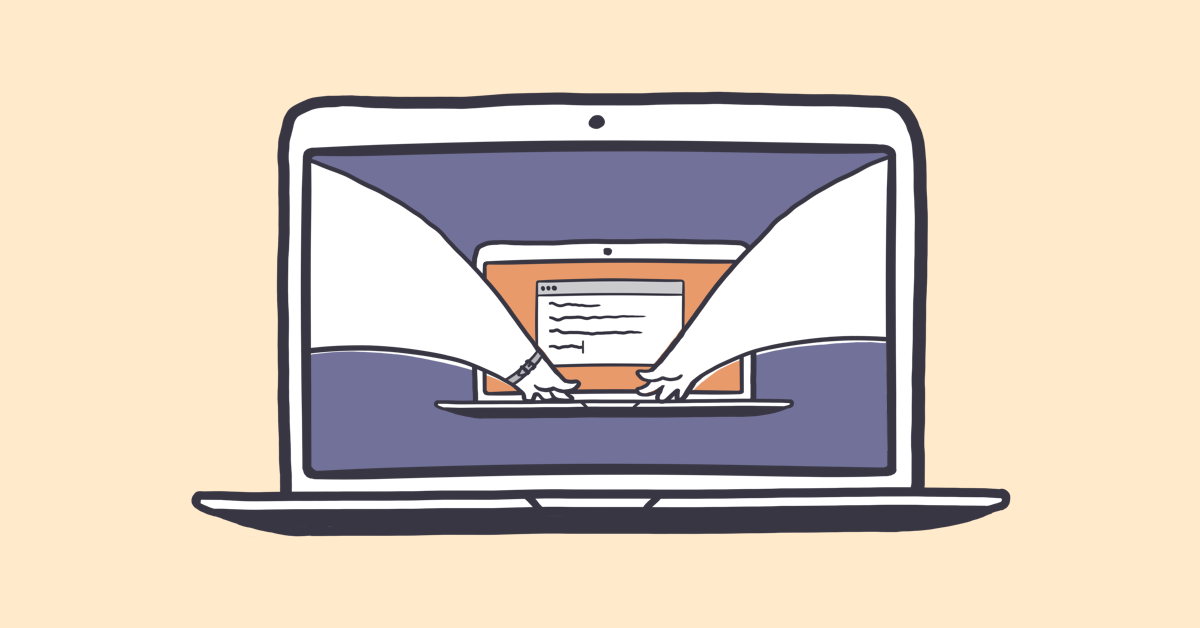


This isn’t a risk with services like TeamViewer or Parallels Access, which handle the authentication bits on their own central servers.

They’ll also be harder to secure, as any bot scanning your IP address from the Internet will see the services running on those ports and can attempt to break into them and compromise your PC. You’ll have to set up port-forwarding and dynamic DNS on your own to access them remotely. These DIY services aren’t as easy to use, however. You could set up a VNC (Virtual Network Computing) server on your PC to access it in a similar way, even if you aren’t using a professional edition of Windows. Microsoft even offers Remote Desktop apps for Android, iPhone, and iPad. For example, you could enable the Remote Desktop feature in professional editions of Windows and use any RDP (Remote Desktop Protocol) client to connect to your PC remotely. You could also skip the polished, all-in-one solutions entirely. Parallels Access lets you work on your PC desktop from an Android phone. Unlike TeamViewer, however, Parallels Access requires a $20 yearly fee Remove non-product link even for personal use. It really shines when accessing your desktop from a smartphone or tablet, providing a more touch-optimized interface. Parallels Access is another good, polished alternative. Setting up TeamViewer’s “Unattended access” feature.


 0 kommentar(er)
0 kommentar(er)
